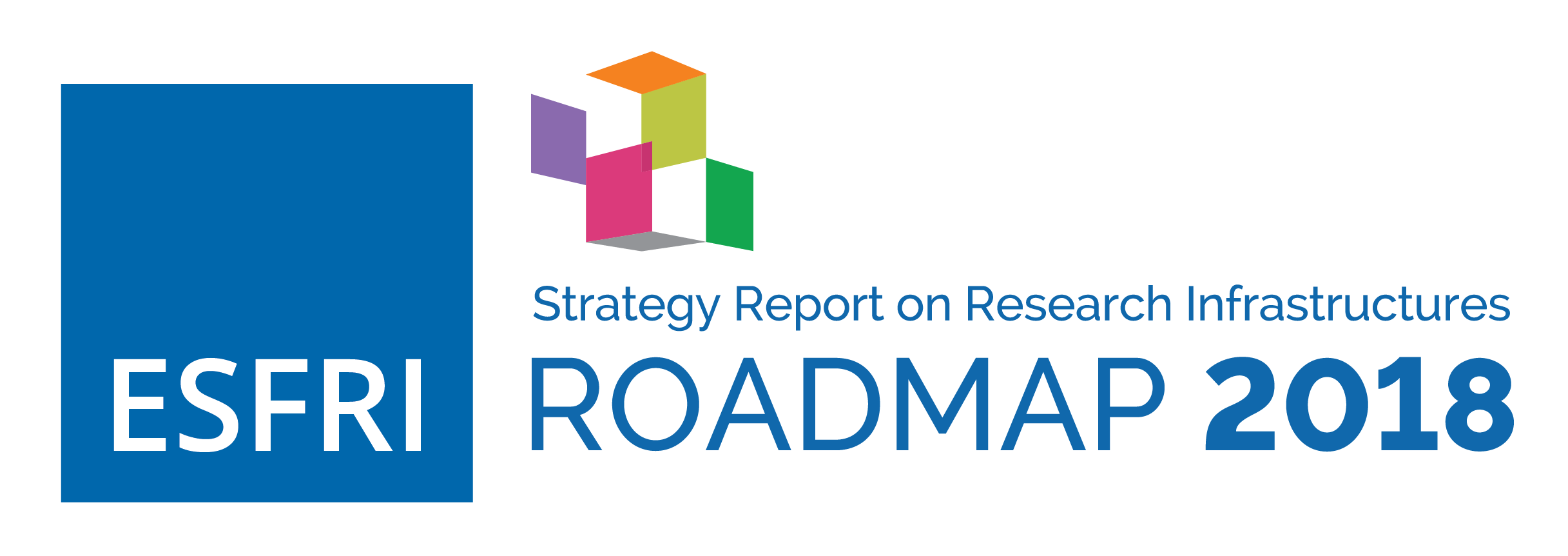Environment
Environmental sciences are traditionally divided into four research and study domains: ATMOSPHERE, HYDROSPHERE, BIOSPHERE and GEOSPHERE. These different spheres are closely interlinked, and therefore environmental sciences can also be presented according to Grand Challenges, such as loss of biodiversity, pollution, depletion of natural resources, risks, hazards and climate chang
Atmosphere, hydrosphere, biosphere and geosphere are closely interlinked spheres of environmental sciences responding to big human challenges from loss of biodiversity to climate change
Many of the most critical and urgent issues that human society faces are linked to key environmental challenges. Managing and responding to natural and anthropic environmental changes need to be understood at the Earth System level. The effect of pollution and climate change, including associated impacts on biodiversity and ecosystem integrity, need to be fully understood urgently. The sustainable and responsible use of key natural resources and ecosystem services such as food, water, energy and minerals by a more demanding and growing population is vital. Modern society is progressively vulnerable to the increased frequency of natural hazards such as extreme weather, earthquakes, space weather, epidemic disease outbreaks, which can cause loss of life and have an enormous impact on the society with large economic deficits. Tackling environmental challenges is crucial for mankind and for life on Earth and given the scale, complexity and the interlinkages of the challenges, a multidisciplinary approach is essential. Layers of complexity to carrying out environmental research are added by the multidisciplinary aspect amongst the main Earth system domains and by the considerable range of spatial and temporal scales involved.
Because of its complexity, the environmental research as a whole should be facilitated by comprehensive observations with an integrated approach including experiments and modelling which are essential for understanding and predicting the Earth’s environmental system. A federated approach to IT resources and e-science facilities – including liable data policies according the FAIR principle – is also necessary. The objective of achieving a comprehensive multidisciplinary approach to improve our scientific understanding of the Earth’s system can be obtained with the realisation of the current ensemble of RIs in the Environmental domain which are highly integrated in respective global efforts. The existing Environmental RIs already adopt this approach; many include observing systems which generate key data for the European and the international scientific communities, and contribute to global data systems, among them Global Atmosphere Watch (GAW)GAW aims to understand and control the increasing influence of human activity on the global atmosphere. http://www.wmo.int/pages/prog/arep/gaw/history.html and the European component of GEO GEO, established in 2005, is a voluntary partnership of governments and organizations that envisions “a future wherein decisions and actions for the benefit of humankind are informed by coordinated, comprehensive and sustained Earth observations and information”. GEO Member governments include 96 nations and the European Commission, and 87 Participating Organizations comprised of international bodies with a mandate in Earth observations https://www.earthobservations.org/index2.php in creating a Global Earth Observation System of Systems (GEOSS)Global Earth Observation System of Systems (GEOSS) http://www.earthobservations.org/geoss.php that will link Earth observation resources world-wide across multiple Societal Benefit Areas – agriculture,biodiversity, climate, disasters, ecosystems, energy, health, water and weather – making those resources also available for better informed decision-making. Their main objectives are:
- achieving national and international objectives for a resilient society, sustainable economies and a healthy environment worldwide;
- addressing global and regional challenges by deepening the understanding of Earth system processes and improving the link between scientific understanding and policy-making;
- fostering new economic opportunities, improving efficiency, and reducing costs to public sector budgets through innovation and collaboration.
Several RIs in the Environmental domain are also feeding in the European Union’s flagshipCopernicus Copernicus – European Programme for the establishment of a European capacity for Earth Observation http://www.copernicus.eu/ programme, focusing on operational monitoring of the atmosphere, oceans and land services, whose main users are policy- makers and public authorities. Copernicus is providing validated information services in six areas: land monitoring, marine monitoring, atmosphere monitoring, emergency management, security and climate change.
Other linkages with the Joint Programming Initiatives (JPI’s)Joint Programming Initiative (JPI) http://ec.europa.eu/research/era/joint-programminginitiatives_en.html such as JPI Climate, JPI Oceans, JPI Water, JPI-FACCE as well as with other initiatives such as EMODNETEMODNET http://www.emodnet.eu/, the European Environment Agency (EEA)European Environment Agency (EEA) https://europa.eu/european-union/about-eu/agencies/eea_en and the INSPIRE DirectiveINSPIRE Directive https://inspire.ec.europa.eu/ should be strengthened. The ESFRI environmental RIs play also a key role at global scale in the UN framework, contributing to the UN Sustainable Development GoalsUN Sustainable Development Goals https://sustainabledevelopment.un.org, the UN Framework Convention on Climate Change (UNFCCC)UN Convention on Climate Change (UNFCCC) https://unfccc.int/ and the Convention on Biological Diversity (CBD)UN Convention on Biological Diversity (CBD) https://www.cbd.int/. Environmental RIs play an important role for the scientific community and the society at large by:
- providing centres of frontier scientific research as focal points for education and training of researchers and contributing significantly to the European skills base;
- delivering essential data for more reliable communication to the general public on events such as volcanic eruptions, earthquakes, poor air quality and extreme weather as well as information on biodiversity impacts;
- generating coherent, comparable and sustained time-series of key environmental variables;
- producing accurate data and scientific and technical knowledge that underpin the construction of tools supporting decision making and development of efficient regulations and policies;
- opening access to environmental big data from space-based and in situ observations as key driver for the development of new services and for promoting activities in the private sector;
- developing new technologies, such as laser-based sensors, high resolution wireless networks and remotely operated autonomous systems, which leads to additional co-benefits.
Environmental Research Infrastructures have multiple roles in tackling the Societal Challenges as listed in the EU Horizon 2020H2020 Societal Challenges https://ec.europa.eu/programmes/horizon2020/en program with Climate action, environment, resource efficiency and raw materials being closest connected to them. Health, demographic change and wellbeingas well as Food security, sustainable agriculture and forestry, marine and maritime and inland water research, and the Bioeconomy are strongly dependent on the whole environment, particularly when it comes to climate change adaptation, pollution, or overuse of ecosystem services. Environmental catastrophes can shutter societal security and cause migration with related security problems. The Societal Challenges Secure, clean and efficient energy and Smart, green and integrated transport even directly respond to environmental necessities and can receive guidance from a comprehensive understanding of the Earth System. Needless to say that societies that concern their environment are inclusive, innovative and reflective.
There is an urgent need to sustain, integrate and further develop a diverse set of Environmental RIs in a way that Europe can address both the key societal and economic challenges as well as improve our basic scientific knowledge.




